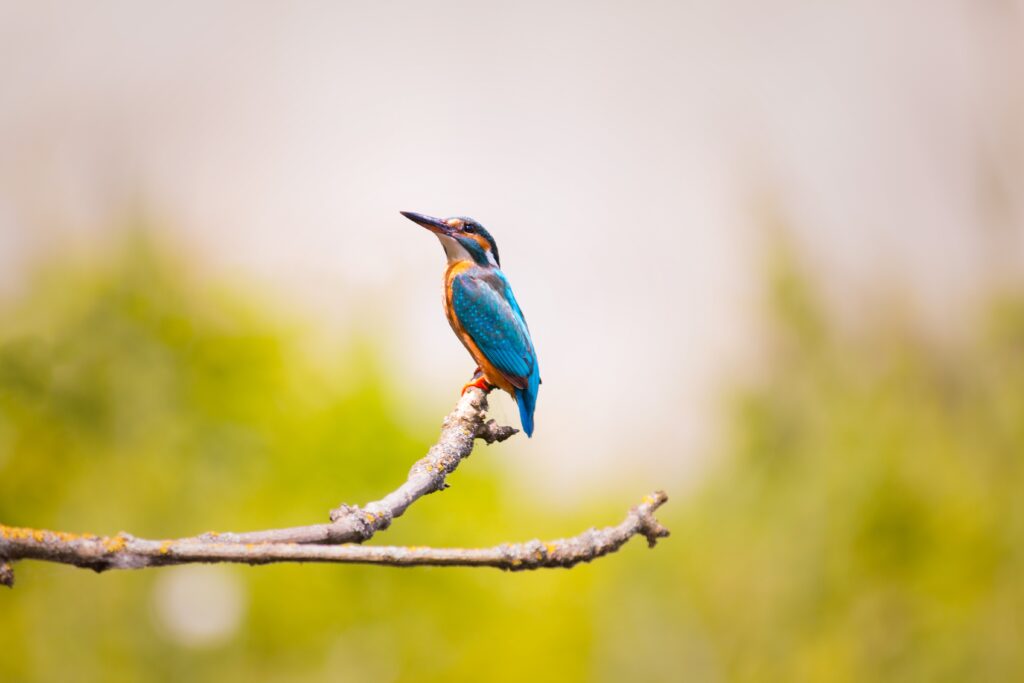Yvette Heiser Texas – The Wonders Of Wildlife Photography, A Look At Different Styles And Approaches
If you are a big fan of nature, especially animals, and love spending time outdoors, then wildlife photography can be an ideal hobby or career choice for you. Wildlife photographers often exercise vast amounts of patience to get marvelous shots of the rarest breeds and species of animals lurking about in the jungles. If this sounds like something you would love to try your hand at, you need to keep in mind certain factors that will definitely impact and help your wildlife photography skills.
You may also want to read Yvette Heiser Texas- The Wonders of Wildlife Photography: A Look at Different Styles and Approaches.

In this blog, we will discuss various techniques and tips to help you get the best shots. So without further ado, here are some techniques to consider if you are interested in this line of photography:
- Full Body Portraits: These portraits focus more on the subject than the surroundings. If you are looking to capture an animal, bird or insect in excruciating detail, this is the kind of photography you should aim for.
- Environmental Style: An environmental portrait sheds light on not only the subject but also its surroundings. It gives the viewer an idea about the natural habitat of that particular species and what kind of conditions they thrive in.
- Gestures: Try capturing a fleeting moment in time when your subject is in the act of doing a simple everyday action in its daily routine. This gives the audience a deeper sense of understanding of the way of life of these creatures and adds a sense of realism to your image.
- Capture behaviors: Capturing shots that reflect the true nature and behavior of animals helps the viewers relate to the image more. Actions and behavioral patterns like eating, sleeping and rearing their offspring can be ideal subjects for wildlife photography.
Some tips to keep in mind while taking pictures of the wild:
- Choice of Camera: Choosing the right camera is very important and can be tricky for such types of photography. You will need a camera with brilliant autofocus and a good fast-burst mode, as well as something you can put multiple lenses into. Smaller sensor APS-C format cameras are good for this purpose, as they use 35mm lenses and provide more zoom.
- Low Light: Understanding the low-light balance of your camera is very important. In wildlife photography, you often have to shoot with high ISO and slow shutter speeds, but that does not mean you should push the limits of your ISO since it can render the image grainy and too noisy to be of any use.
- Autofocus: Always experiment with the autofocus of your camera since understanding it is very important for wildlife photography. If you are photographing a fast-moving animal, you might need to use continuous focus tracking alongside the burst mode.
Conclusion
Thus, this guide by Yvetter Heiser can be a perfect help and kickstart your journey in taking noteworthy pictures of the wild in its natural habitat. If you are a wildlife enthusiast and have a knack for taking pictures, this is the ideal opportunity for you.
If you have a deep curiosity about the art of photography and how it has changed over time, the blog Yvette Heiser talks about- How Photography Has Evolved Over the Years can be an interesting and enlightening read for you.